Blue Corner (and Blue Holes) - The first site on everyone's
lips in relation to Palau is usually Blue Corner. Here it's all about
the schools of fish. Big schools and lots of them. Even the most
experienced scuba diver can be left dumbstruck by the volume of fish and
sharks; sharks galore ...
You can expect to see snappers, jacks, chevron barracuda and red-toothed triggerfish in vast numbers. There are also plenty of sharks, tuna, wahoo, groupers and eagle rays as well as green and hawksbill turtles. If that's not enough for you then throw in some Napoleon wrasse, and some show stoppers like hammerhead sharks, manta rays, sailfish, whale sharks and even whales and you will begin to think that Blue Corner sounds like a site from a work of fiction. Of course you won't see all these things on a single dive, but you will see plenty of them and probably dive here on multiple occasions.
You can expect to see snappers, jacks, chevron barracuda and red-toothed triggerfish in vast numbers. There are also plenty of sharks, tuna, wahoo, groupers and eagle rays as well as green and hawksbill turtles. If that's not enough for you then throw in some Napoleon wrasse, and some show stoppers like hammerhead sharks, manta rays, sailfish, whale sharks and even whales and you will begin to think that Blue Corner sounds like a site from a work of fiction. Of course you won't see all these things on a single dive, but you will see plenty of them and probably dive here on multiple occasions.
Blue Holes which is a continuation of Blue Corner. You will
probably dive here too and spend your time exploring a variety of
caverns and caves including some that are only meant for experienced
cave divers. After swimming over the top of the reef you will drop down
into one of the 4 holes in the reef. Below this makes for very
interesting shafts of light illuminating the myriad fish and corals
below. You can add a dash of 'Blue Corner' to this dive by hooking on in
a current-washed spot and checking out the mesmerising shark and
pelagic action.
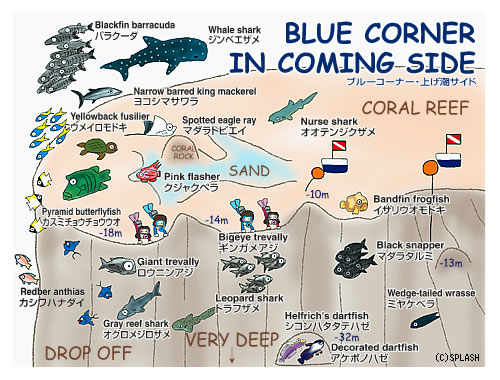
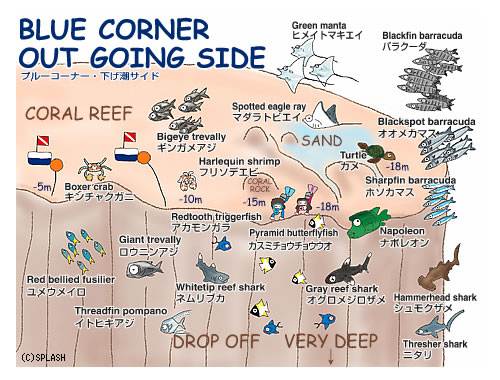






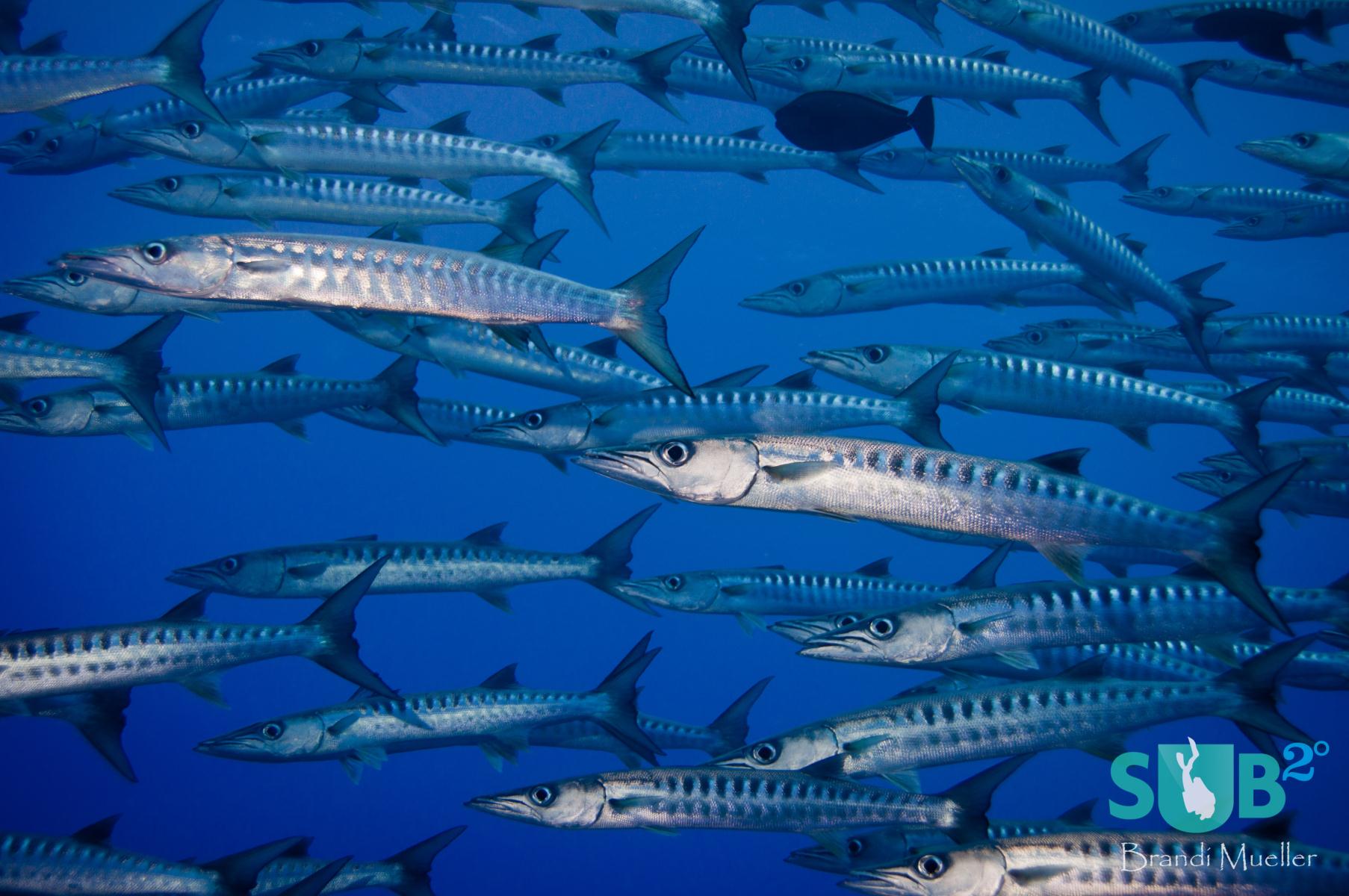


German Channel - This famous Palau location gets its name from
the channel that was cut through the shallow reef between the Ngemilis
Islands and Ngercheu Island, connecting the lagoon to the open ocean,
during occupation by German forces in World War 2. Nowadays it is better
known as a hotspot for any creature that wants to enjoy the busy
cleaning station. You can expect manta rays, eagle rays, lots of grey
reef sharks, white tip sharks and impressive schools of fish.
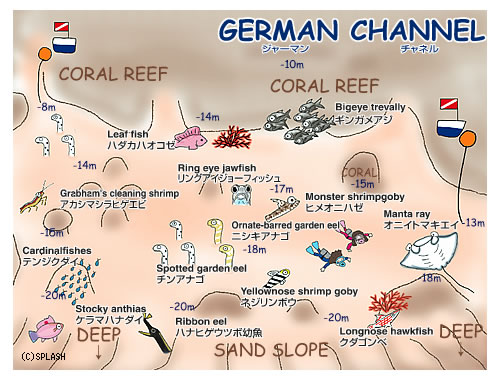

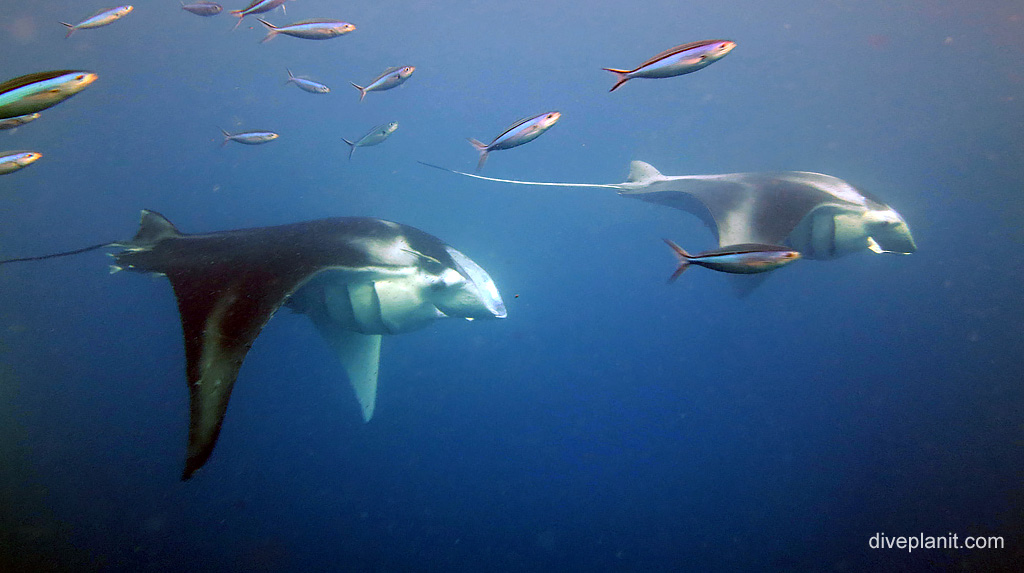
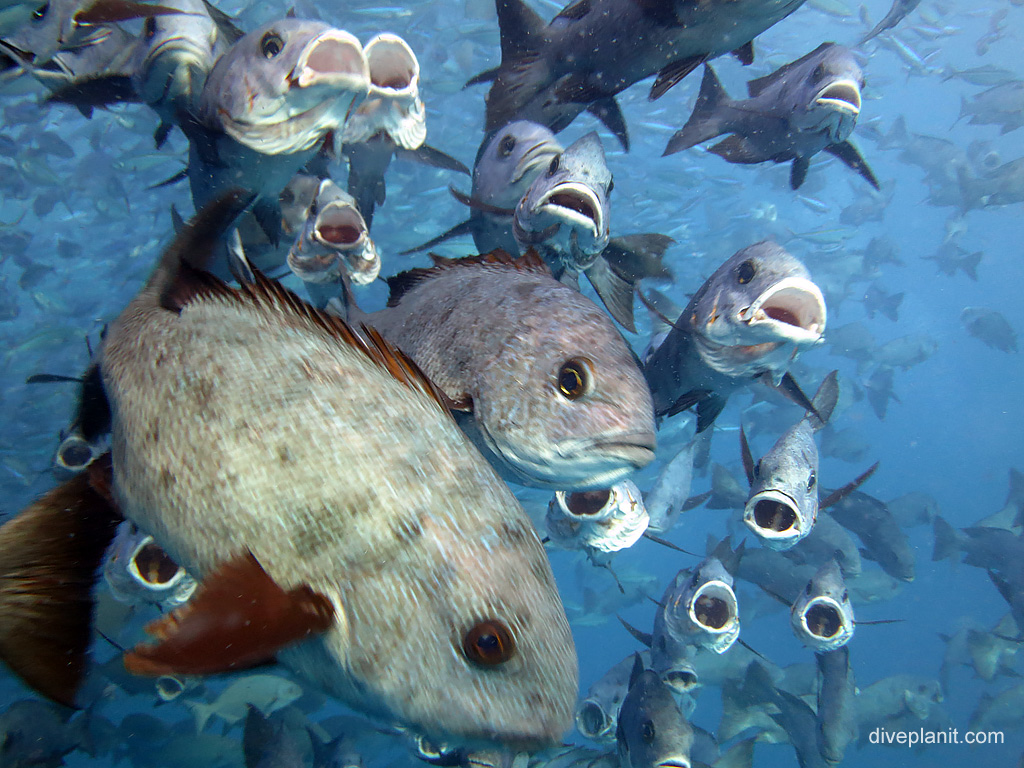




Peleliu Wall (& Cut) - As the dive boat slowly makes its way along towards the island of Peleliu, it is hard to believe that this was the scene of some of the most horrific fighting and suffering in World War II as featured on the TV Series, The Pacific. It is amazing to imagine that after the horror of war and immense loss of life on both sides, many scuba divers, including you, would come here simply for pleasure; and what a pleasure it is!
This site (or combination of sites, depending on current strength) is one that showcases all that is magnificent about diving in Palau. You might emerge from the water having witnessed a larger number of fish and sharks than you have ever seen before on a single dive and be in a state of current-whipped delirium.
Normally you will begin this dive by entering along Peleliu Wall near a section of the reef called Peleliu Cut. You can hook on near the top of the reef, around 10 metres, and enjoy the grey reef sharks and whitetips that patrol the area, surrounded by schools of jacks and barracuda. You will then drop down to around 30m, keeping the reef on your left shoulder, and explore the caverns and indentations of what is a magnificent reef slope. Here there are numerous sea fans and black corals as well as some extraordinarily long sea whips stretching their thin fingers out into the blue.
With reef hook at the ready, you will be make your way to Peleliu Corner where you need to hook on. Here the action really begins, but be warned that current here and indeed throughout this dive can be strong, often the strongest you'll experience in Palau.
The reef edge and the plateau both host lots of tropical fish. Here divers can find:
- Square Anthias
- Moorish Idols
- Pyramid Butterfly Fish
- Sergeant Majors
- Yellowtail Fusiliers
- Palette Surgeonfish
- Triggerfish
- Leafy Scorpion Fish
- Purple Anthias and Bumphead Parrotfish…merely to name a few
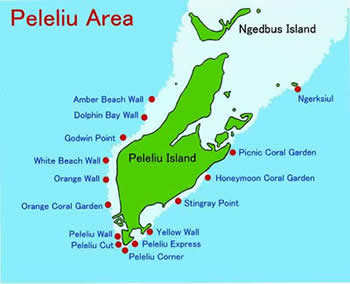



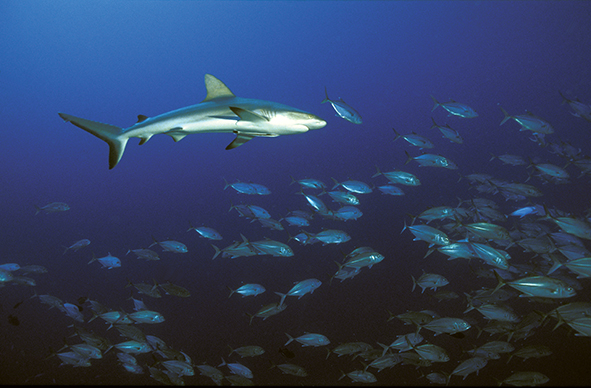

he Big Drop Off - This drop-off is big. From near the surface
to over 285 metres is big in any diver's logbook. To many this is
considered one of the finest wall dives in the world, not only in Palau.
Expect impressive life and thousands of little and large reef fish in
the shallows, a wall bejewelled with spectacular sponges and corals and
sharks out in the blue. The drop-off may be big but yet you will soon
forget about the yawning chasm beneath you when spellbound by the
kaleidoscope of colour on this sheer wall which runs the length of
Ngemelis island.
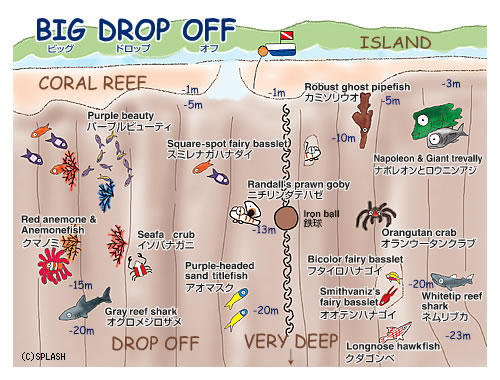


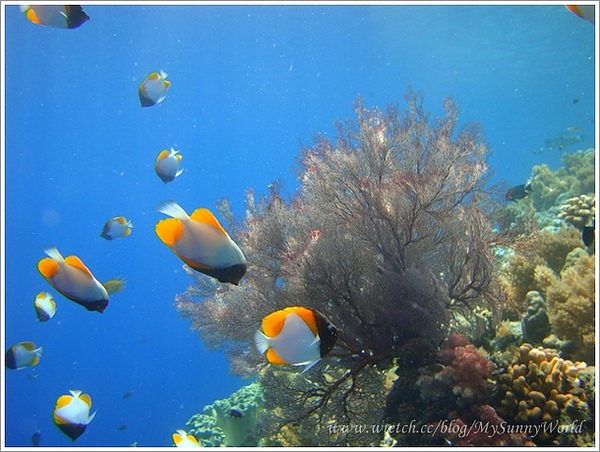






The New Drop Off - As you drop down the vertical wall,
enormous colourful gorgonian fans span their wide reach into the water
column. Together with the numerous soft corals and sponges, they create a
vertical carpet of pink and purple. As you make your way to the corner,
look out for grey reef sharks if you can see them through the cascading
masses of pyramid butterflyfish, red-toothed triggerfish, various
species of angelfish and yellowtail fusiliers.
The location can be identified at low tide by the top of the reef becoming exposed above the water line. It is a site located at the meeting point of 2 reef walls which form a corner that drops to around 150m in depth. Most of the shark action takes place as scuba divers hang at the corner amid swirling masses of reef fish, barracuda and passing eagle rays.
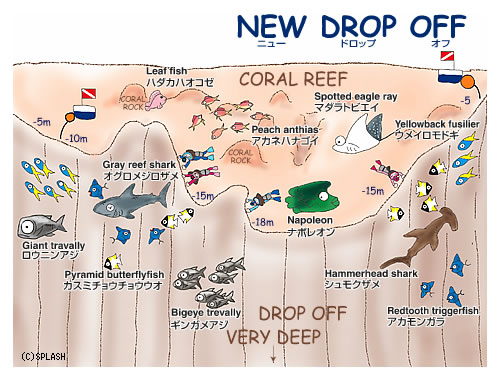









The site can be dived in either of 2 directions, depending on the
current, and is equally impressive either way. As you drift along the
wall past large gorgonian fans, purple soft corals and leather corals,
anthias and butterflyfish flutter all around you. In the fissures and
recesses of the walls look out for lionfish, stonefish, nudibranchs and
leaffish. You might even cruise past a hawksbill turtle resting on a ledge. Occasional anemones are home to either Clark's or blue-striped anemonefish.









The location can be identified at low tide by the top of the reef becoming exposed above the water line. It is a site located at the meeting point of 2 reef walls which form a corner that drops to around 150m in depth. Most of the shark action takes place as scuba divers hang at the corner amid swirling masses of reef fish, barracuda and passing eagle rays.
















Palau Shark City
Location: Western reef of Palau, southwest of Ulong Island.
Distance from Koror: 23 miles (37 kilometers) from Koror. 40-50 minutes by a speedboat.
Level of Diving Experience: Advanced.
Diving Depth Summary: Top of the reef: 45 feet (15 meters). Reef wall: 45 to 150 feet (15 to 50 meters). Corner: 90 feet (30 meters).
Visibility: 60 to 150 feet (20 to 50 meters) depending on the direction of the tide.
Currents: The currents along the reef can be very strong and unpredictable. For more information regarding the tidal patterns of Palau, check the Blue Corner tide and current section.
General Information: This finger shaped reef is the western most point of the
 Palau
Islands. The entire reef area is known as Shark City even though it
consists of several independent dive sites. Important Notice: Due to
strong currents and open ocean swells, each diver is required to carry a
Safety Sausage as part of their dive equipment.
Palau
Islands. The entire reef area is known as Shark City even though it
consists of several independent dive sites. Important Notice: Due to
strong currents and open ocean swells, each diver is required to carry a
Safety Sausage as part of their dive equipment.Reef Formation: Shark City reef consists of sheer vertical walls, moderate slopes and canyons. The reef runs from east to west, then it curves south to create a corner with a plateau on the top. The walls and the slopes drop down to 120 to150 feet (40 to 50 m) before they merge with the sandy run off.
Marine life: Many Gray Reef Sharks, schools of barracuda, snappers and Unicorn fish patrol the walls and corners of the reef. Clouds of Pyramid Butterflyfish, Square Anthias, Moorish Idols, and Yellowtail Fusiliers are found along the edge and on top of the reef. The plateau and the upper walls host large schools of silver barracuda and snappers. Spotted Eagle Rays and Napoleon Wrasse are often seen here as well. Large patches of healthy lettuce corals can be
 found on top of the plateau at 70 to 80 feet (23 to 27 meters). The
canyon, encountered on the South to North dive is rich with marine
life. In recent years the canyon has been nicknamed Hammerhead Point
due to numerous encounters with Great Hammerheads.
found on top of the plateau at 70 to 80 feet (23 to 27 meters). The
canyon, encountered on the South to North dive is rich with marine
life. In recent years the canyon has been nicknamed Hammerhead Point
due to numerous encounters with Great Hammerheads.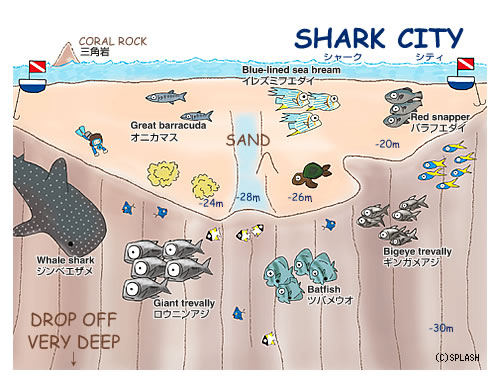

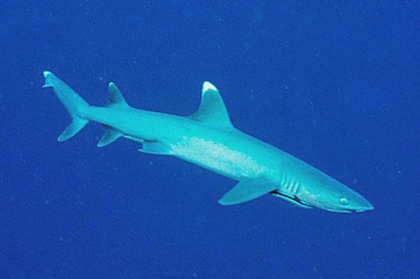
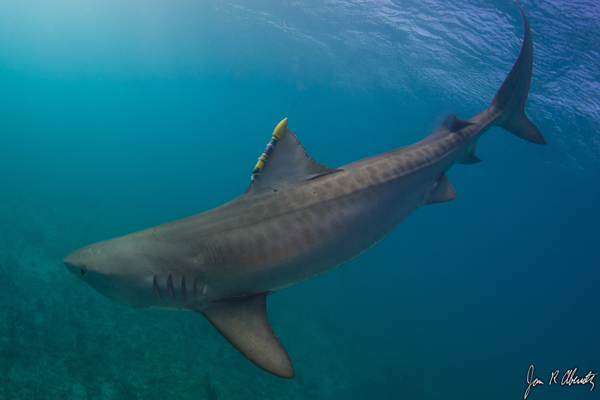

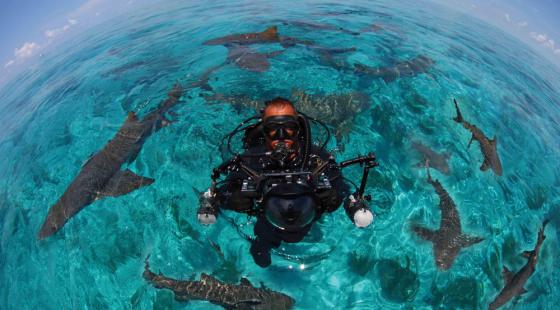



HELMET WRECK
 (deutsche Beschreibung ganz unten)
(deutsche Beschreibung ganz unten)Location: Malakal Harbor, west of Koror.
Distance from Koror: A 2 to 3 minute boat ride from most Dive Shops in Koror.
Visibility: Weather dependent; close proximity to the reef raises sediment with wave action. Like all wreck dives, it is recommended to maintain neutral buoyancy while visiting the wreck to avoid stirring up silt. Visibility is best during incoming tide.
Level of Diving Experience: Intermediate with Wreck Diver certificate preferred. This dive requires careful planning; the attractions on this wreck may cause distractions.
Diving Depth Summary: The ship is resting upright, at the base of a hill, with bow lower than the stern. The bow, pointing southwest, is in 110 feet (35 meters) and the stern is in 45 feet (15 meters).

Currents: None.
General Information:
Length: 189 feet (57.6 meters).
Beam: 31.3 feet (9.5 meters).
Tonnage: Unknown (estimated to be less than 1,000 tons).
Built: Unknown.
The dive boat will tie off to the stern of the ship. Drop down the mooring line to the deck of the ship. Use the twisted and deteriorating guardrail surrounding the aft deck as a guide as you swim down towards the bow. The first sight, that will immediately attract the most attention, is a round aft gun platform. The gun barrel is pointing to port amid the mangled steel of the collapsed gun mount (see video). There are two depth charge release boxes located on each side of the platform; their lethal charges are still inside. At this point, you may wish to look at the propeller. The prop is almost completely covered by bottom silt. The rectangular rudder reveals the fact that no damage occurred to this part of the wreck. Decades of underwater marine growth cover the hull and the deck with thick layers of corals. On the aft starboard side of the ship a massive explosion tore open the hull revealing the ribs of the ship and scattering drum-like depth charges onto the sea floor (see video). The exposed main cargo hold reveals stacks of depth charges neatly arranged on port side and, due to a massive explosion, scattered around on the starboard side. Under the port upper deck, stacks of helmets, now cemented together by decades of underwater corrosion, can be found (see photo). Between piles of rifles and ammunition, gas masks stare out at divers from the sediment. The amidships superstructure is a box like. Along the port side you will come to the engine room's skylights and a pair of engine room ventilators that tower upward. The ship's main stack, now sitting on the bottom on the starboard side, left a gaping hole in the middle of the deck. There is an inner passageway, leading to several small rooms and a catwalk above the engine room. The wooden roof to the bridge is gone allowing easy to enter the wheelhouse. The forward holds are penetrable through two (2) large hatches on both sides of the forward light mast. No partition between the two holds exists so you can swim right through. The forward hold is half full of silt, but among the web of electrical wires, electronic equipment and ceramic jars are three (3), clearly visible, huge radial aircraft engines. On the raised bow you can find a two-headed anchor winch (very unusual) with anchor chains extending into the chain holds and to the anchors. Inside the forecastle you can find brass lanterns and an old taffrail log (a speed-measuring device). (see photo). There are excellent photo opportunities on all areas of this wreck.
Reef Formation: Behind the stern are rich coral formations of Stag Horn corals, Brain corals and Lettuce corals.
Marine life: Many species of tropical fish and large selection of invertebrates can be found here.
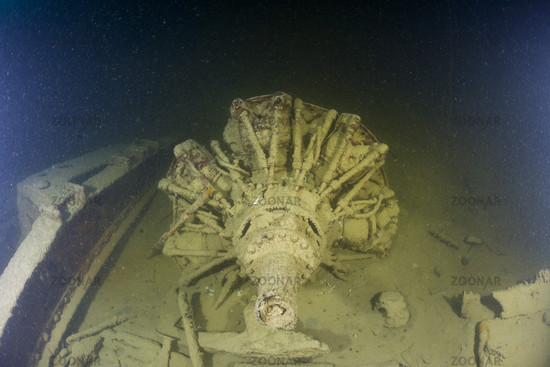

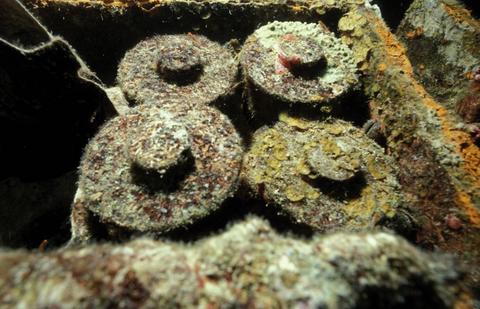
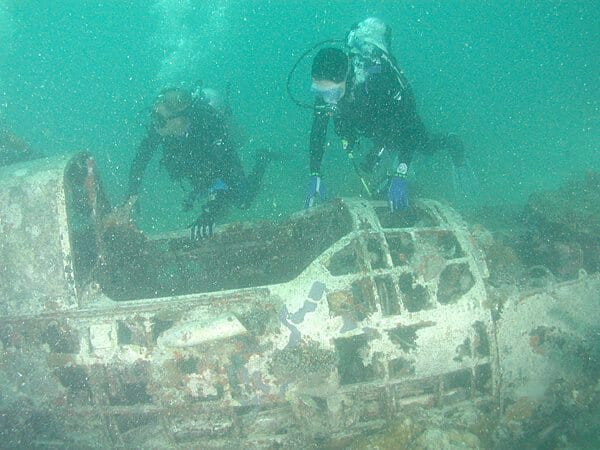



Ngerchong Inside
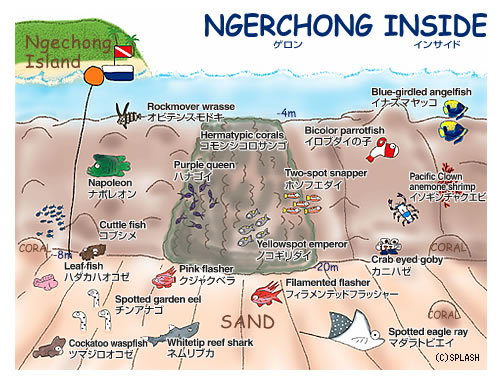
Location: Eastern reefs of Palau, north of Ngerchong Island.
Distance from Koror: 21 miles (34 kilometers) southeast of Koror. 35-50 minutes by speedboat.
Level of Diving Experience: Novice
Diving Depth Summary: Shallow reef with a variety of coral formations: 0 to 36 feet (0-12 m). Sloping sandy bottom: 36-100' (12 - 33 m).
Visibility: 60 to 90 feet (20 to 30 m): Incoming tide. Less than 30 feet (less than 10 m): Outgoing tide.
Currents: Usually none.

General Information: This dive site is very popular for a second dive. When the wind shifts to the west Ngerchong Gardens is well protected.
Reef Formation: Shaped like a horseshoe this shallow reef starts on the east side of Ngerchong Island and curves toward Denges channel to the northwest. A sandy bottom rises from 95 feet (31 m) to 40 feet (13 meter). The coral reef starts between 30 and 40 feet (10 and 13 m) and continues to rise until reaching the surface. During low tide the top of the reef is partially exposed. Different species of hard corals make up this magnificent Coral Garden.
Marine life: Ngerchong Coral Garden offers a variety of hard corals and colorful soft corals. Cuttlefish can be seen here year round! Ngerchong Coral Garden is the breeding and hatching area for Cuttlefish. The female will lay dozens of 2-inch (5 centimeter) long 'grapes-shaped' white eggs among branching hard corals. She will hover around her nest until the eg
 gs
hatch. To locate the cuttlefish swim along the edge of the reef where
it meets the sandy bottom, stay 3-6 feet (1 to 2 meters) off the
bottom. Cuttlefish are masters of disguise; it will take a sharp eye to
find them. The garden teems with small marine life, such as, shrimp,
crab, nudibranchs, feather worms, garden eels and many shells. Black
Tip Sharks, Eagle Rays and Mantas also visit this dive site.
gs
hatch. To locate the cuttlefish swim along the edge of the reef where
it meets the sandy bottom, stay 3-6 feet (1 to 2 meters) off the
bottom. Cuttlefish are masters of disguise; it will take a sharp eye to
find them. The garden teems with small marine life, such as, shrimp,
crab, nudibranchs, feather worms, garden eels and many shells. Black
Tip Sharks, Eagle Rays and Mantas also visit this dive site.Diving: The dive boat will be tie off to one of two moorings. This is a shallow dive; the diver will have time to explore the entire Coral garden.
Fascinating Facts: The beautiful sandy island of Ngerchong was once a thriving Palauan community. The island is now deserted.







Siaes Corner
Distance from Koror: 17 miles (27 kilometers). 30-40 minutes by speedboat.
Visibility: 45 -120 feet (15 to 40 m) depending on outgoing/incoming tides.
Level of Diving Experience: Novice to Intermediate.
Diving Depth Summary: Surface to the top of the reef: 10 to 15 feet (3 to 5 meters). Best diving depth: 30 to 60 feet (10 to 20 m). Bottom: 120 to 160 feet (40 to 53 m).
Currents: Can be very strong, especially during the incoming tide.

General Information: The western reef system of Palau runs unbroken from the West Channel to German Channel. The proper name for the reef where Siaes Corner is located is Rebotel Reef. There are many excellent dive sites along this extensive reef. Siaes Corner is not visited very often and makes a great drift dive when the tide is running.
Reef Formation: Siaes Corner is a vertical drop that starts about 10-15 feet (3 to 5 m) below the surface. Rebotel Reef is part of the western reef, which starts at Ulong Channel, runs to the north toward Siaes Tunnel and ends at Siaes Corner. The reef wall drops vertically 120 to160 feet (40 to 53 m) where it merges with a plateau of broken coral and sand, then slopes off hundreds of feet to the open ocean floor.
Marine life: During the incoming tide, large schools of Gray Reef Sharks, barracuda and jacks can be seen patrolling the edge of the reef. Pyramid Butterflyfish, Square Anthias, Moorish Idols, Sergeant Majors, and Yellowtail Fusiliers are found in abundance along the edge and top of the reef. Blueface, Regal, and Emperor Angelfish are generally seen along the wall. Clarki, and 'Blue Stripped' Clownfish with their host anemones are scattered along the shallow reef. During your drift to the corner keep an eye out for Hawksbill and Green turtles feeding along the top and edges of the
 reef. They can be easily approached and are not camera shy.
reef. They can be easily approached and are not camera shy.
Diving: The dive usually starts on either side of the corner depending on the direction of the current. The best depth to see the most activity on this reef is between 30 to 60 feet (10 to 20 meters). As you reach the corner slowly ascend to the top of the plateau. Important Notice: Currents on this reef can get very strong. Reef hooks will make the dive a lot more enjoyable. Be careful that you do not hook into living coral, find a rock or patch of dead coral.
Fascinating Facts: When watching Anemone fish, have you ever wondered which one was male or female? You will find that there is one fish larger fish than the rest of those inhabiting the anemone. That is the female. If you remove the female from the anemone then the dominant male will change sex and become the female. The marvels of nature!!



.JPG)
.JPG)

0


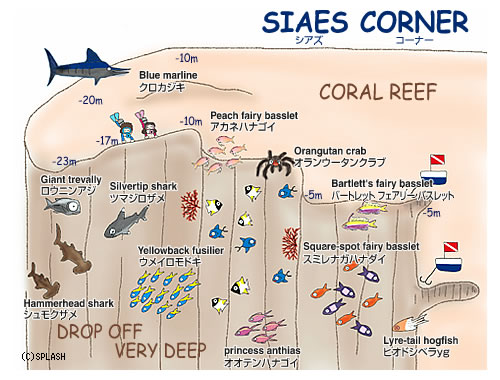
How to Make Money from Betting on Sports Betting - Work
ReplyDelete(don't worry หาเงินออนไลน์ if you get it wrong, though) worrione.com The process involves casinosites.one placing bets on different events, but it can also be done by using mens titanium wedding bands the